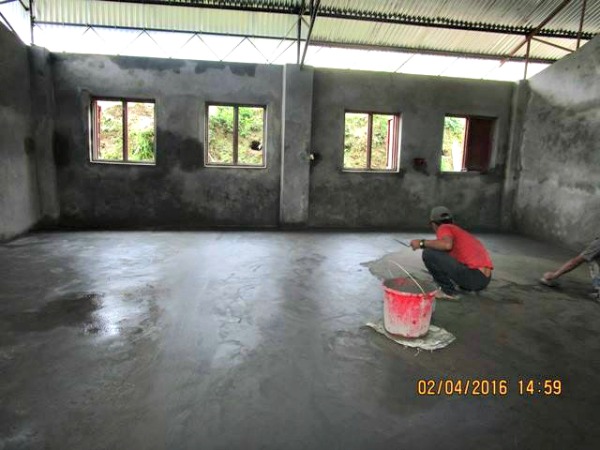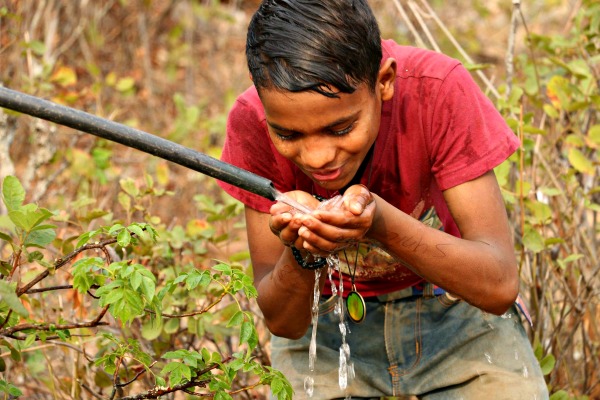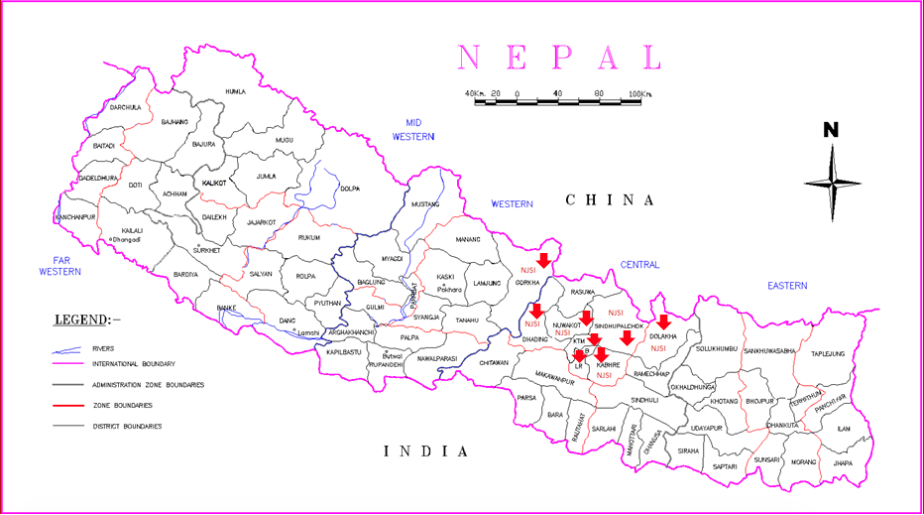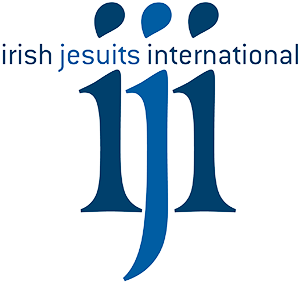
A family in Jaretar, Kavrepalanchowk at candle making training
Education
Ever since the earthquake that devastated Nepal on 25th April 2015, the Nepal Jesuit Social Institute (NJSI) has been actively working in the 11 most affected districts.
With the Emergency Phase of work fully completed, the Institute moved into rehabilitation activities and to date has erected semi-permanent structures for 15 schools. It has assisted 89 schools, unreached by government assistance, with student and office furniture, white boards, educational materials and recreational materials.
Support has been extended to 13,253 students with school bags, copies, pens, pencils, instrumental boxes, school uniforms and warm clothes (sweater, shoes, socks and track suits) as part of its educational intervention.
The Irish Jesuit Missions’ supporters contributed almost €10,000 towards the relief and rehabilitation efforts and we offer them our sincere gratitude and prayers of thanks.
In Gorkha, the initiative was taken to repair and reconstruct the damaged classrooms of 11 schools of Saurpani Village Development Committee (VDC). NJSI has already handed over the repaired block of classrooms to the School Management Committee of Thani Primary School, Saurpani VDC. The remaining 10 schools of the VDC are works in progress.

This school is almost ready for its students to begin their studies again
Community support
The Nepal Jesuits’ next steps will be to focus on education shelters and livelihood options for communities. Safe havens for women to shelter who have been made homeless have been established in six different places. Community support has extended to 32,373 individuals and 6,206 households during the emergency relief phase.
During recovery and reconstruction 1,090 households have received assistance. The Institute has been working hand in hand with local and international NGOs supporting the most vulnerable, during and after the earthquake, through different rehabilitation programs.

Fresh water piped to a remote community is very welcome
The Nepal Earthquake
It is estimated that the earthquake of 7.8 magnitude which occurred at 11:56 NST on 25th of April killed more than 9,000 people and injured more than 23,000. 18 climbers died at Mount Everest base camp when the quake sparked an avalanche. The UN estimates that the earthquake has affected 8.1 million people — more than a fourth of Nepal’s population of 27.8 million – with over 2.8 million in need of humanitarian assistance. UNICEF estimates that 1.7 million children live in the worst hit areas and government said 130,033 houses had been destroyed.
A major aftershock occurred on 12 May 2015 at 12:51 with a magnitude of 7.3. The epicentre was near the Chinese border between the capital of Kathmandu and Mount Everest. More than 200 people were killed and more than 2,500 were injured by this aftershock.

Areas where Jesuits are working in Nepal
“Reaching the Unreached”
NJSI was established on May 19, 2015 as a mechanism to continue the relief and rehabilitation of Nepal earthquake survivors began by Nepal Jesuit Society (NJS). The NJS Rapid Action Team responded to the emergency situation to the best of its ability and as they did not have a team to continue to support and help the earthquake survivors, they decided to establish one for continued relief and rehabilitation and for the support and accompaniment of the survivors.
And so the Institute holds the challenging vision of “Reaching the Unreached”: this has been the guiding principle of NJSI from its conception.
Author: Curated by Irish Jesuit Missions, 3rd May 2016

